Does your home feel a bit too closed in? Want to turn it into a peaceful, nature-inspired sanctuary? If so, biophilic design is the perfect solution! This growing trend is all about reconnecting with nature and creating interiors that not only look beautiful but also make you feel grounded and rejuvenated. By incorporating natural elements like plants, stone, wood, and natural light, biophilic design can transform any space into a haven.
Ready to dive into the wonders of biophilic design? Let’s explore how you can bring a slice of the great outdoors into your home, room by room!
This post contains carefully selected links to products we love. If you choose to purchase through them, we may earn a small commission at no extra cost to you.
1. Embrace the Power of Plants
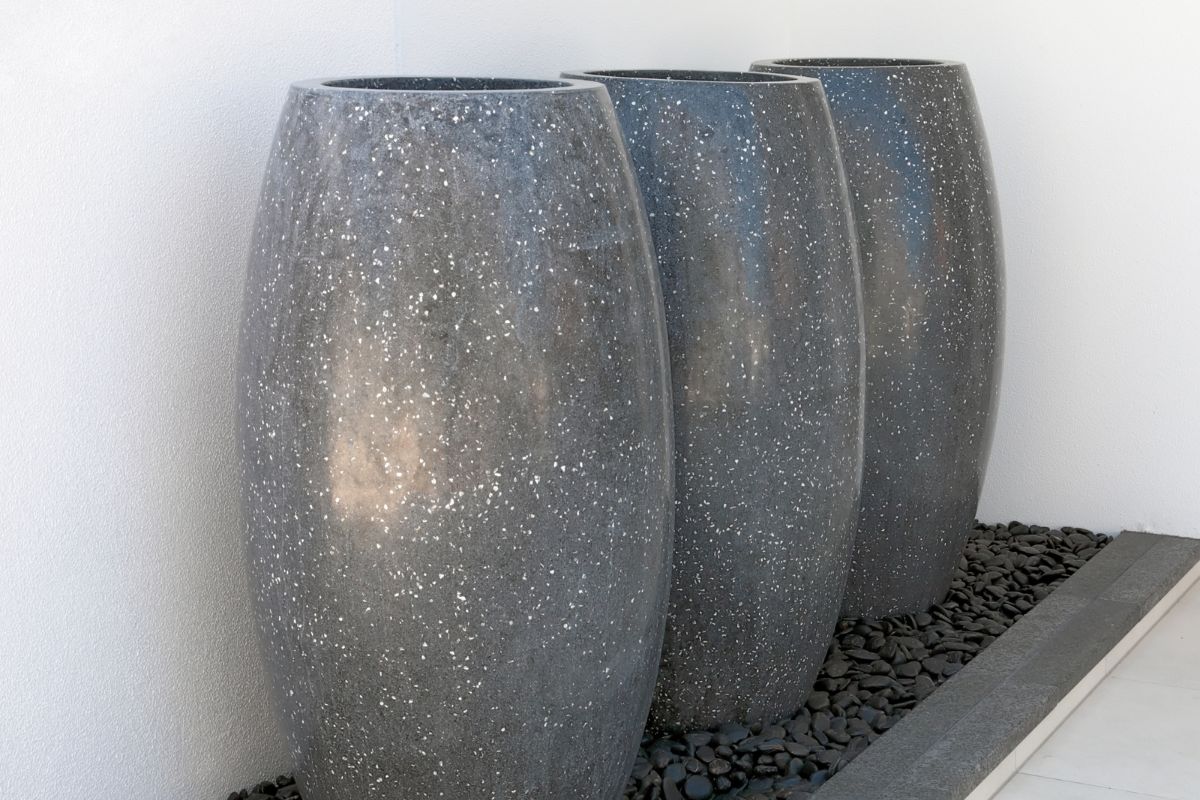
Nothing says "nature" like plants, and they are the heart and soul of biophilic design. From tiny succulents to towering trees, plants can be used in every room to improve air quality, add color, and create a tranquil atmosphere. Plus, research shows that plants can reduce stress and boost your mood—so they’re a win-win!
How to Integrate Plants in Your Home:
- Living Room: A large indoor tree, like a fiddle leaf fig or rubber plant, makes a striking focal point in the living room.
- Bedroom: Keep it cozy with smaller plants like snake plants or peace lilies, which also purify the air and help you sleep better.
- Bathroom: The humidity in your bathroom makes it a perfect place for ferns and orchids.
Plant Styling Tip: Group plants in different sizes and shapes to create a dynamic, jungle-like vibe. Don’t forget to pick eco-friendly planters to match your biophilic aesthetic!
2. Bring the Outdoors In with Natural Materials
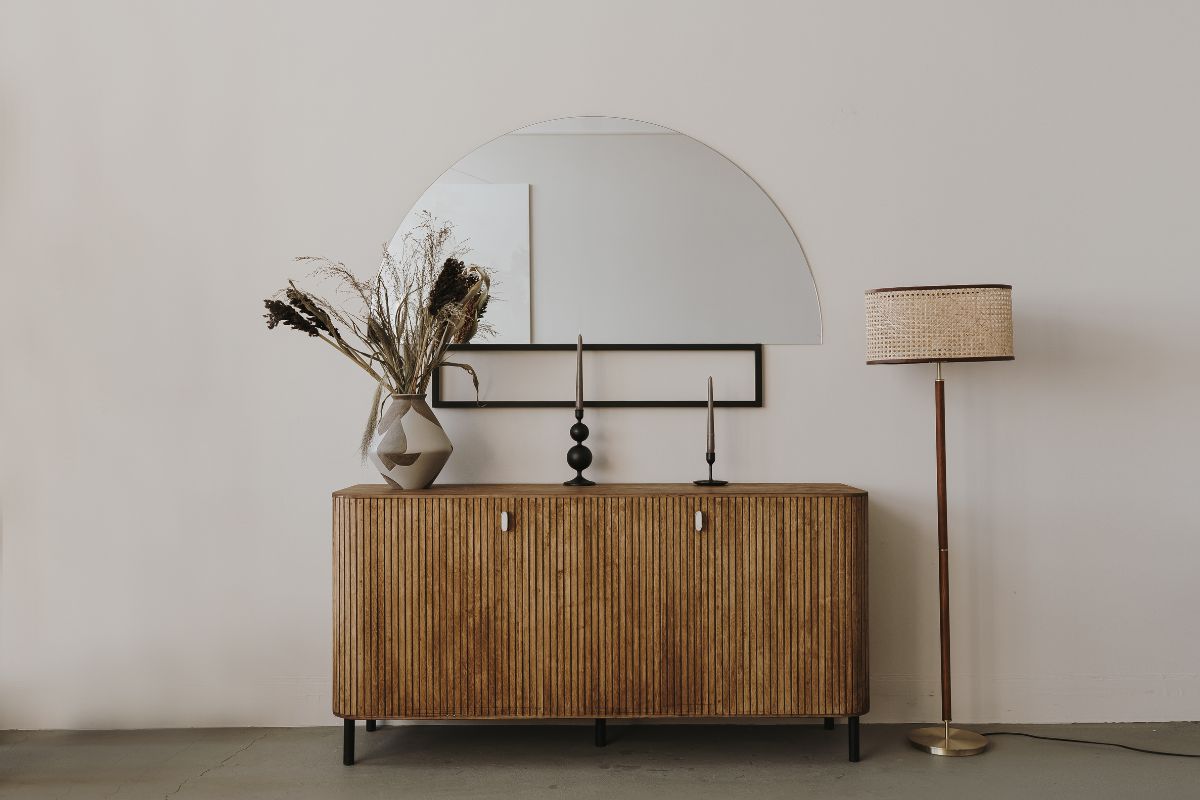
Biophilic design isn’t just about plants—incorporating natural materials is essential for that true earthy vibe. Whether it’s wood, stone, or bamboo, natural materials help create a tactile connection to the environment. These materials are not only sustainable but also add texture, warmth, and visual interest to your spaces.
How to Integrate Natural Materials:
- Wood: Use reclaimed wood for furniture, wall paneling, or floors. It brings a rustic charm that’s both timeless and eco-friendly.
- Stone: Granite or marble countertops and stone wall features are a great way to add elegance and nature-inspired beauty.
- Bamboo: It’s lightweight, sustainable, and incredibly versatile. Use it for furniture, curtains, or even flooring.
Design Tip: When choosing wood or stone, go for untreated or low-VOC finishes to ensure your home stays as natural and eco-friendly as possible.
👉 Discover Reclaimed Wood Furniture
3. Let the Sun Shine In: Maximizing Natural Light
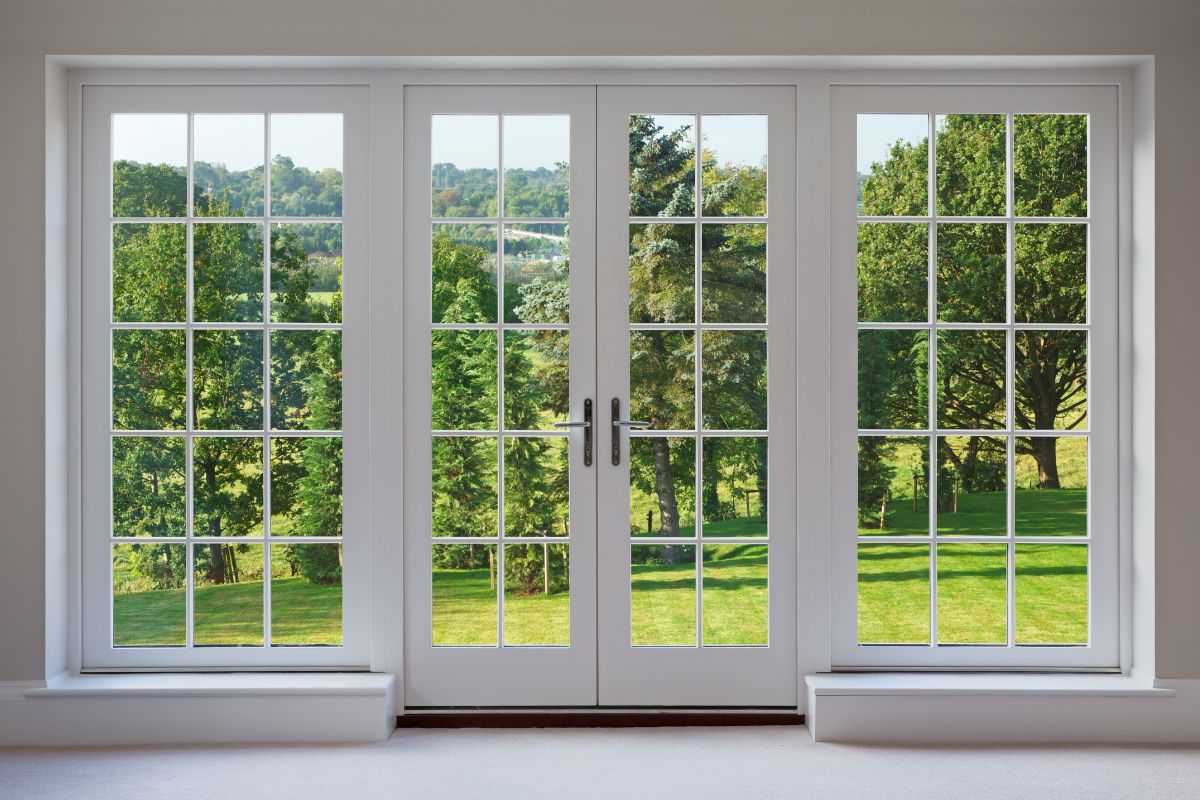
One of the main principles of biophilic design is maximizing the use of natural light. Large windows, skylights, and glass doors are all perfect ways to invite sunlight into your home. Not only does natural light improve your mood and productivity, but it also reduces your reliance on artificial lighting, saving energy in the process.
How to Maximize Natural Light:
- Open Up Your Windows: Opt for sheer curtains that allow sunlight to filter through. Avoid heavy, dark drapes that block out light.
- Skylights: If possible, add skylights or light tubes to bring in more light to areas like kitchens or bathrooms.
- Mirrors: Strategically placing mirrors opposite windows reflects the sunlight throughout the room, making your space feel brighter and airier.
Pro Tip: Make the most of your outdoor view by positioning furniture near windows and incorporating nature-inspired artwork to tie everything together.
👉 Explore Skylight Options for Your Home
4. Earthy Textures and Color Schemes
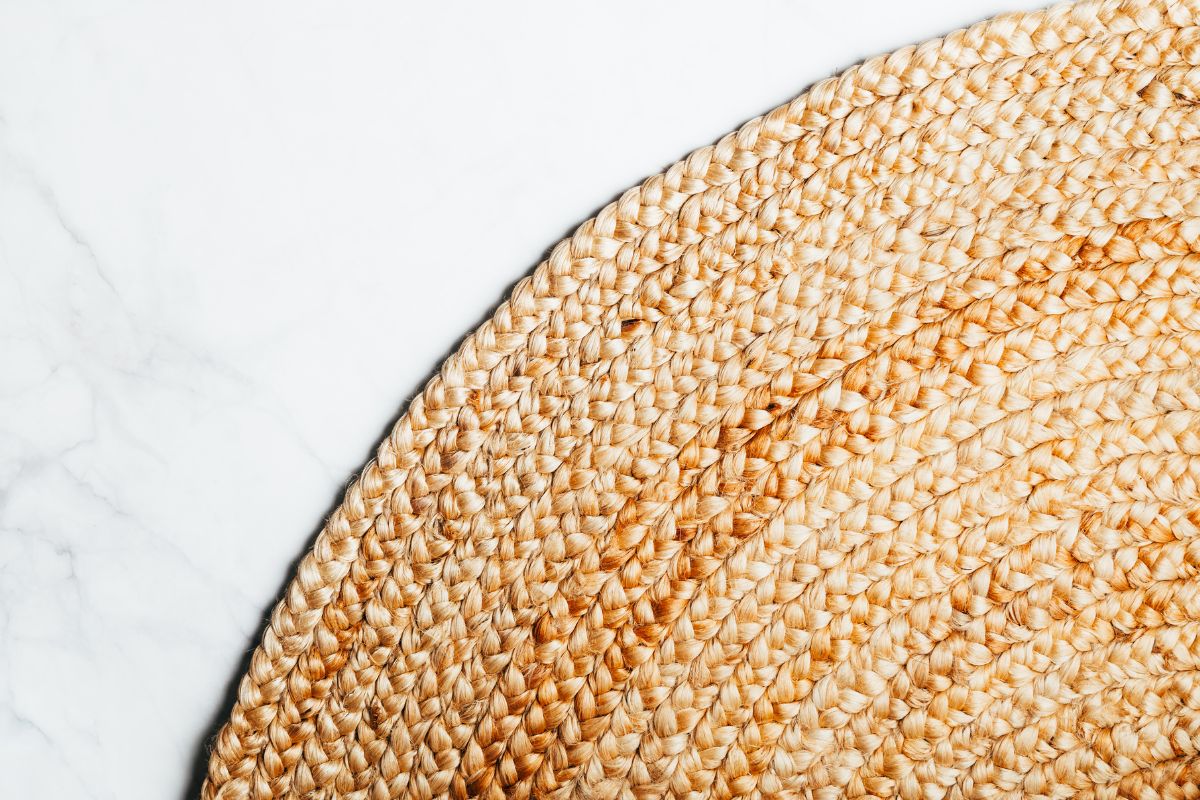
Biophilic design is all about creating a harmonious space that feels connected to the outdoors. One way to do this is through earthy textures and colors that reflect the natural world. Think rich browns, deep greens, soft blues, and neutral beiges.
How to Use Earthy Colors and Textures:
- Earthy Palettes: Use shades of green to bring the outside in, or choose neutral tones like taupe, ivory, and light brown for a more subtle approach.
- Natural Fabrics: Opt for linens, cottons, and wool to make your home feel warm and cozy. These materials feel good to the touch and are naturally breathable.
- Stone and Wood Finishes: Incorporate stone tiles, wood paneling, or wooden furniture pieces for a tactile connection to nature.
Design Tip: Add tactile elements like woven baskets or stone sculptures to give your space a multi-sensory experience.
5. Open, Airy Spaces with Plenty of Ventilation
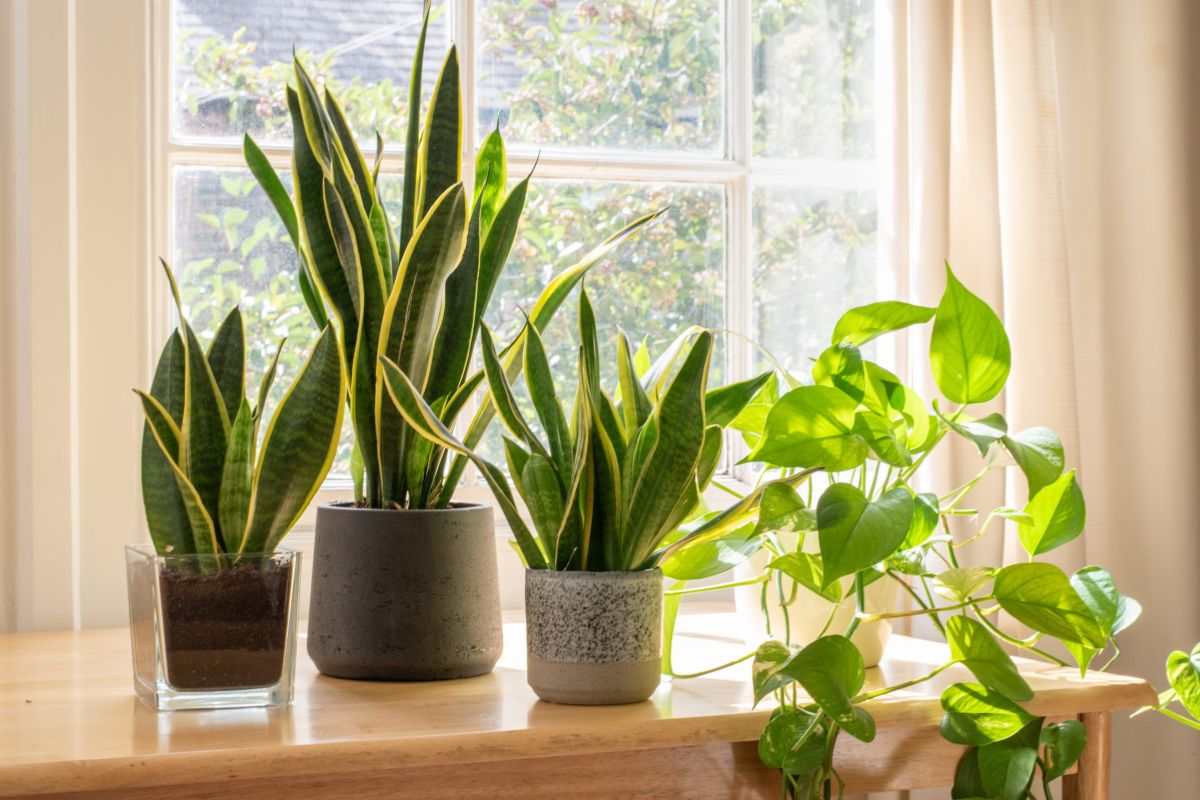
Air quality is key in biophilic design. By ensuring that your home is well-ventilated and open, you can make it feel as fresh and inviting as the outdoors. This might mean larger windows, more airflow, or even investing in air-purifying plants.
How to Improve Ventilation in Your Home:
- Cross-Ventilation: Open windows on opposite sides of your home to create a breeze and allow fresh air to circulate.
- Air-Purifying Plants: Plants like snake plants, spider plants, and bamboo palms are excellent at removing toxins and increasing oxygen levels in the air.
- Open Layouts: An open-concept living space allows for a natural flow of air and light, creating a serene environment.
Pro Tip: If you live in a city, you can also add an air purifier to keep the air as clean as possible.
👉 Check Out Air-Purifying Plants
6. Water Features for a Zen-Like Ambiance
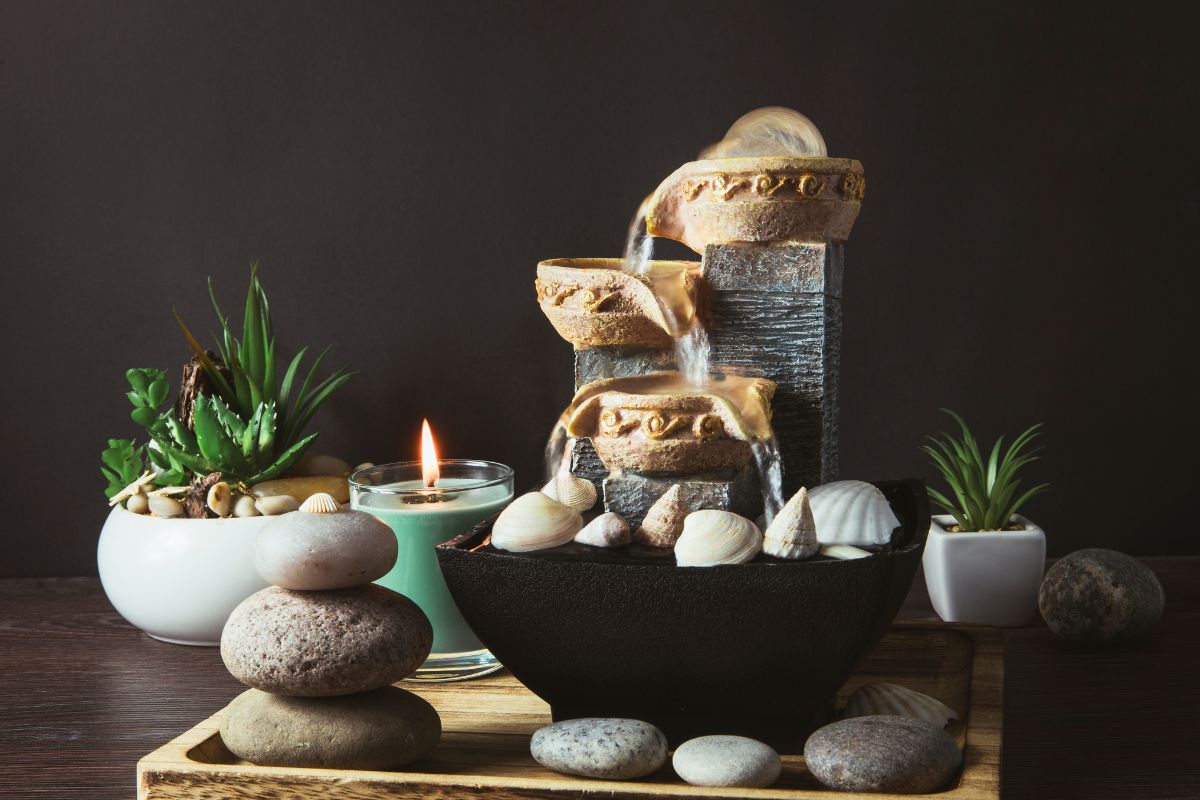
There’s something undeniably calming about water. Whether it’s a tabletop fountain or a larger indoor water feature, the sound of running water can instantly relax you and bring a sense of tranquility into your home.
How to Incorporate Water Elements:
- Tabletop Fountains: Perfect for small spaces like offices or bedrooms, these fountains add gentle, soothing sounds.
- Indoor Waterfalls: If you have the space, an indoor waterfall can create a striking feature that brings both beauty and calm.
- Aquariums: A small aquarium or a fish tank adds movement and color, while the sound of water can enhance relaxation.
Design Tip: Choose water features that complement your home’s overall aesthetic. Sleek, modern fountains work well in minimalist spaces, while rustic stone water features pair perfectly with earthy tones.
👉 Shop Tabletop Water Fountains
7. Sustainable and Green Furniture

Furniture plays a crucial role in biophilic design. Choose pieces made from sustainable materials like reclaimed wood, bamboo, or upcycled products. Not only will you be supporting eco-friendly practices, but you’ll also be creating a home that feels connected to nature.
How to Choose Eco-Friendly Furniture:
- Reclaimed Wood Furniture: This sustainable option is perfect for creating a rustic, nature-inspired feel. Look for coffee tables, bookshelves, or even bed frames made from reclaimed wood.
- Bamboo Furniture: Bamboo is one of the most sustainable materials out there. It’s fast-growing, durable, and perfect for making stylish, eco-conscious furniture.
- Upcycled Pieces: Look for secondhand or upcycled furniture to give old pieces a second life and reduce waste.
Pro Tip: When shopping for new furniture, check if the brand uses eco-friendly materials or supports sustainable practices.
👉 Discover Eco-Friendly Furniture
8. Create a Connection to Nature with Artwork

Don’t forget to bring nature into your home through artwork! Whether it’s a photograph of a forest, a painting of a sunrise, or a simple botanical print, art can serve as a reminder of the beauty of the outdoors.
How to Incorporate Nature-Inspired Art:
- Botanical Prints: Choose botanical prints or framed plant illustrations to bring a touch of greenery into your space.
- Landscape Photography: Large landscape photos of forests, oceans, or mountains can help you feel connected to nature.
- Natural Materials: Choose artwork made from natural materials, such as wood frames or canvas prints.
Design Tip: Mix and match different art styles and frame types to create an eclectic yet harmonious look that reflects the beauty of nature.
9. Biophilic Design Is All About Balance
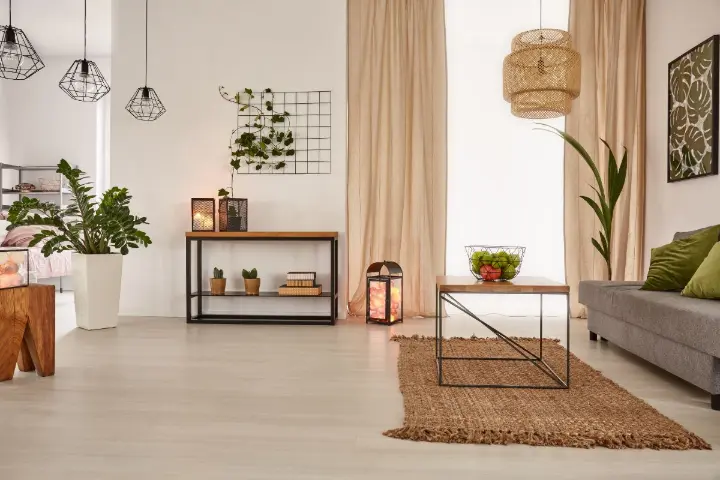
Biophilic design isn’t just about filling your home with plants and natural materials—it’s about finding balance. The goal is to create a space that feels in harmony with nature, so avoid overcrowding your home with too many elements. Instead, focus on carefully curating your space with a few key pieces that promote peace, calm, and a connection to the natural world.
Ready to Transform Your Home with Biophilic Design?
Now that you know how to create a nature-inspired home, it’s time to start integrating these elements into your space! Whether you’re adding more plants, using sustainable materials, or maximizing natural light, biophilic design can make your home feel like a peaceful, natural retreat.
Don’t forget to check out more home decor ideas on Pinterest with Decormate! Let’s create spaces that are as beautiful as they are connected to nature. 🌿